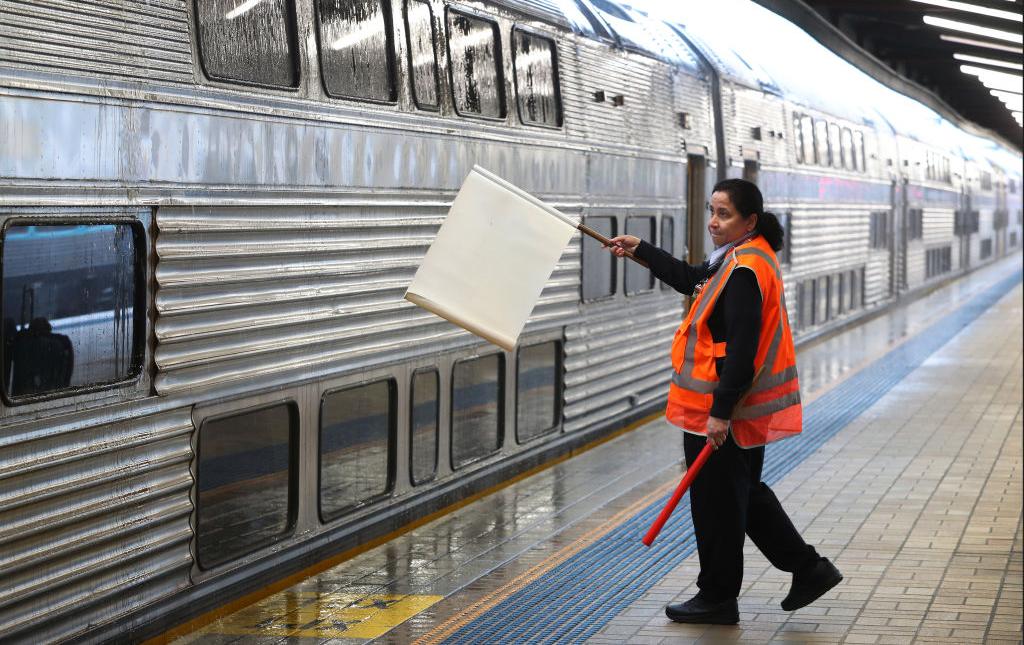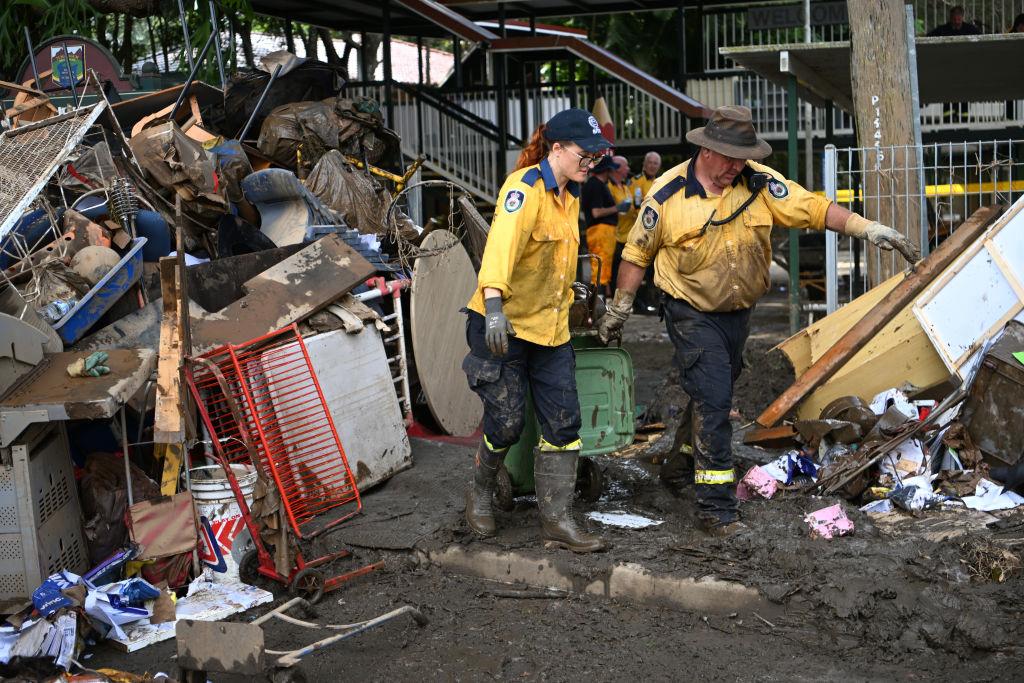The Australian Rail Network has said it urgently needs to tackle a chronic worker shortage across the nation’s rail network and fill 70,000 jobs across the country.
The Future Rail Skills forum held by the National Transport Commission and the Australasian Railway Association (ARA) in Melbourne, Victoria on July 28, discussed how the industry will become attractive to more women and young people to handle major expansion projects in the pipeline.





